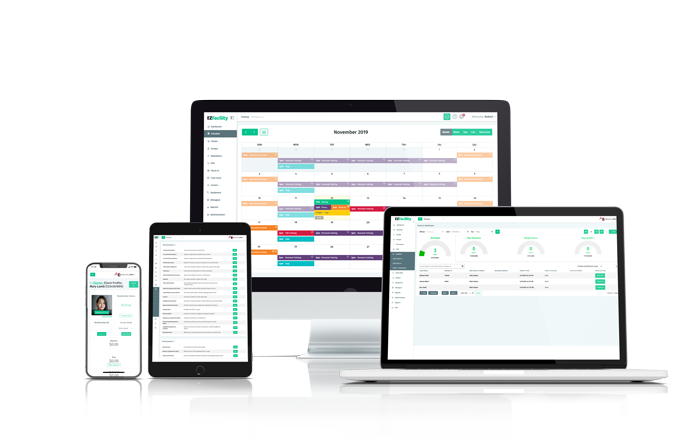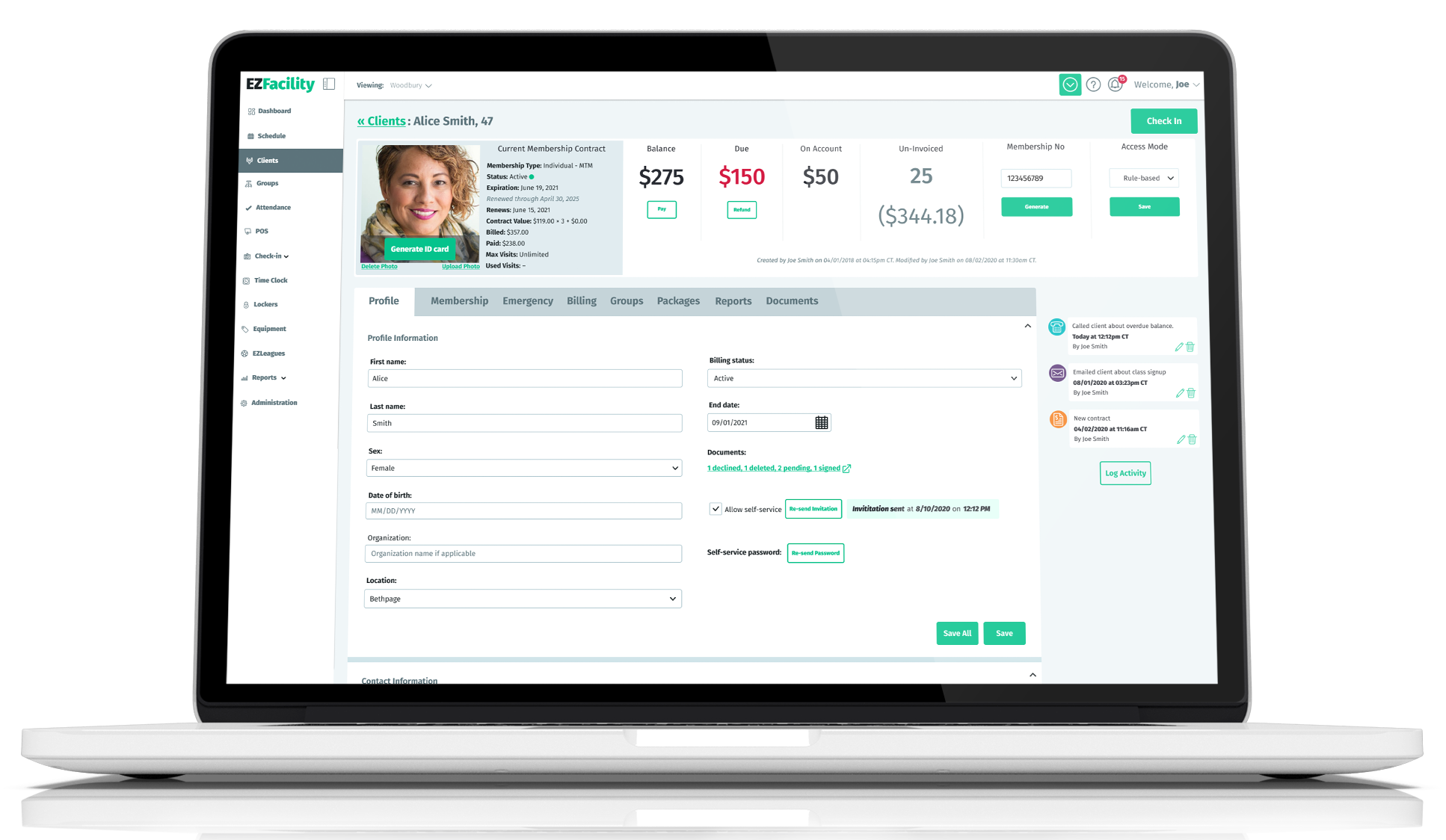The end of the year is a busy time for everyone, and it can be difficult even for avid gym-goers to maintain their usual in-person workout routines during the holiday season. In an earlier blog, we talked about the hybrid fitness model and the benefits it offers to both business owners and members—and the demand for virtual classes and online training is projected to keep rising as we enter the new year.
In this blog, we’ll talk about five ways to maximise your hybrid fitness offerings to keep members active, engaged and on-track to meet their fitness goals throughout the holiday season.
1. Continue Offering Hybrid Fitness Options
Now that most gyms and fitness studios are back to operating from their brick-and-mortar locations, some business owners may be tempted to scale back on virtual classes and other digital offerings. But in actuality—there are a number reasons why continuing to offer hybrid fitness options can positively impact on your bottomline.
Online training is ranked as the top fitness trend by the American College of Sports Medicine (ACSM), meaning the demand for hybrid fitness options will remain high throughout the holiday season and as we enter the New Year. When your members’ schedules are packed with holiday prep, events, and travel, they’ll appreciate the ability to continue working out from home while still feeling connected to the community.
2. Market Your Virtual Classes & Digital Offerings
You should start promoting your virtual classes and any holiday promos you plan to run as soon as possible. Utilise all of your marketing channels to get the word out and highlight the benefits of at-home workouts.
A few ideas include:
- Update your website to include your facility’s holiday schedule
- Post regularly on your social media accounts and share information that highlights the benefits of at-home workouts.
- Include links to sign up for virtual classes and where to access your on-demand library in your newsletters and social media posts
3. Tailor to Busy Schedules
One way to help members stick to their workout routines is to offer shorter classes during the holiday season. While many fitness classes can traditionally run between 50-60 minutes, consider offering shorter classes (anywhere from 15 to 30 minutes) during the holidays to give your clients more opportunities to fit their favorite ones into their hectic schedules.
4. Test New Class Types & Group Fitness Workouts
The holiday season is a great time to get creative and to test out new hybrid fitness offerings. The holidays are all about festivity, so lean into it and have fun. For example, consider adding a 15–20-minute relaxation and stretching routine to your digital library and market it as a way to unwind and alleviate some of the holiday stress. Any time you test a new class, be sure to follow up with your members to get customer feedback so you can gauge client interest and class success.
5. How You Communicate Matters
When your members opt to participate in virtual classes, fitness instructors can’t greet clients individually or offer tailored feedback the same way they’re able to during in-person workouts—but that doesn’t mean they can’t still create a sense of community and make class participants feel supported and encouraged.
Be sure to remind your fitness instructors that creating a welcoming digital environment is just as important as doing so for in-person classes. You should also ask them to explain each movement and modifications in advance so that members of all fitness levels feel comfortable and will be able to participate.
Conclusion
The holiday season can be a challenging time for facility owners and members alike. Help your clients stay on-track and engaged by utilising the hybrid fitness model to offer flexible workout options that can be done in-person or from the comfort of home. When handled effectively, virtual classes can have a big impact on your gym’s profitability, while also keeping your members happy and their needs met.
To learn how EZFacility’s comprehensive gym management software can help save you time and money during the holiday season, schedule a free online demonstration and personalised product tour.









